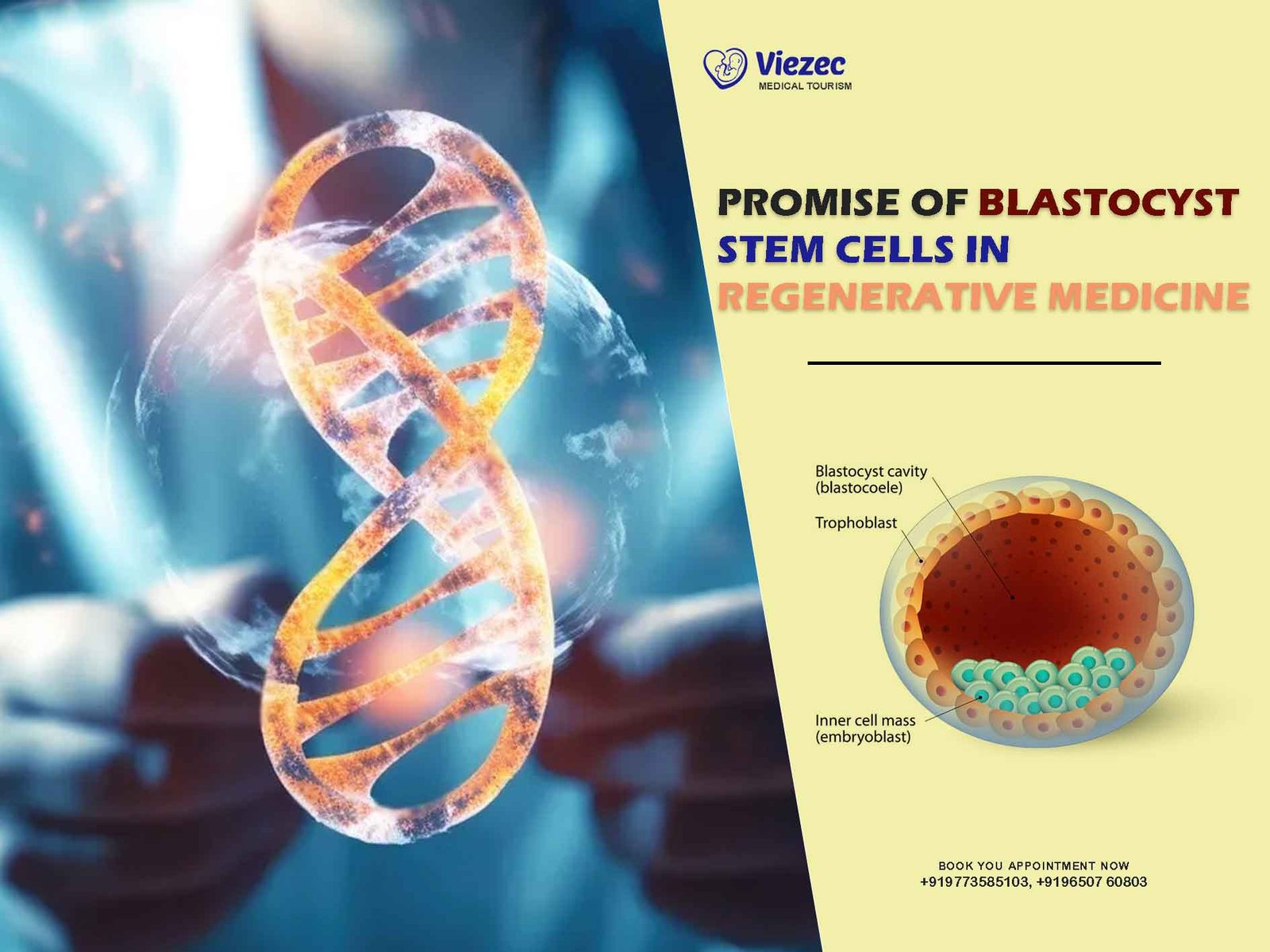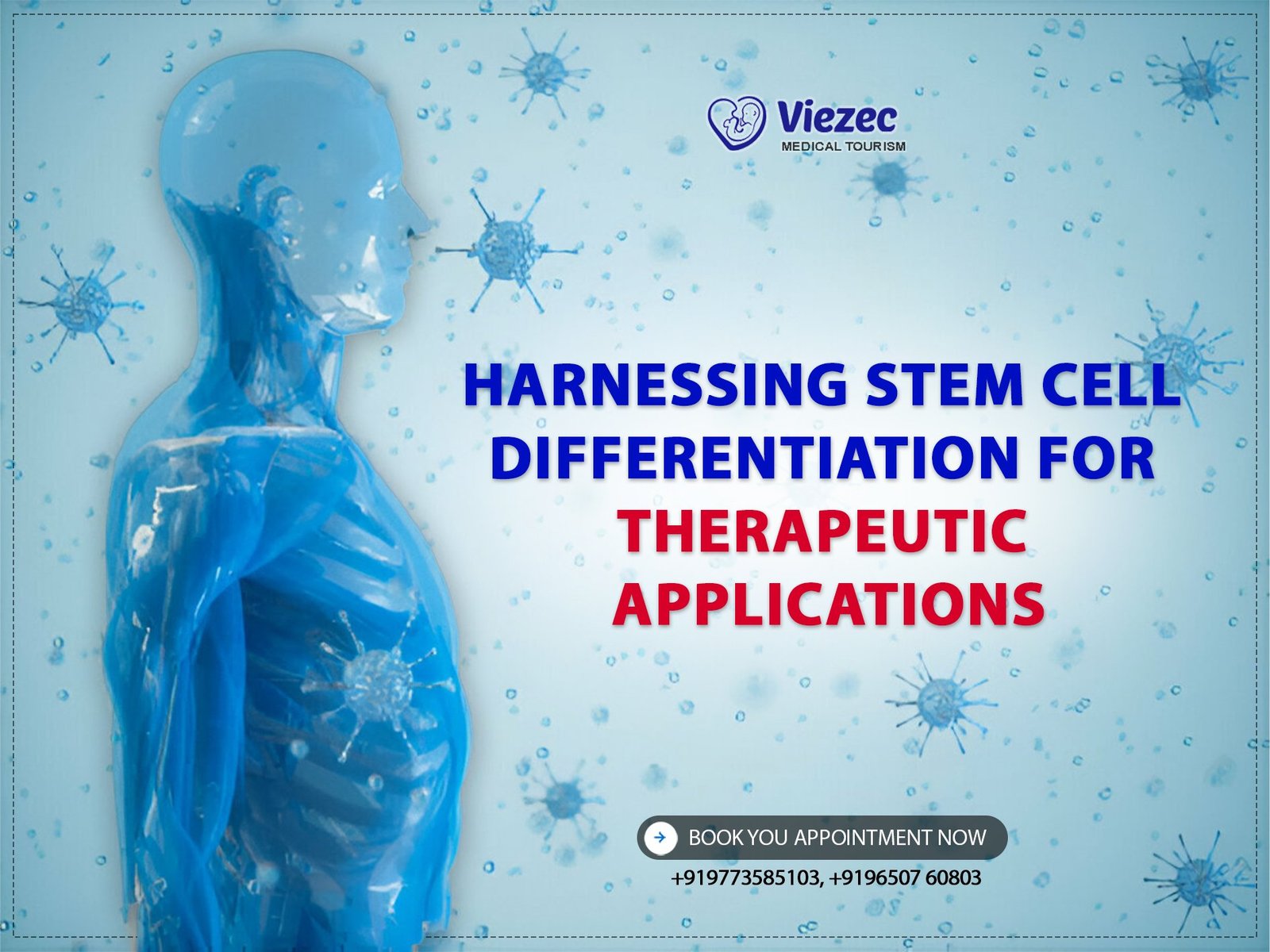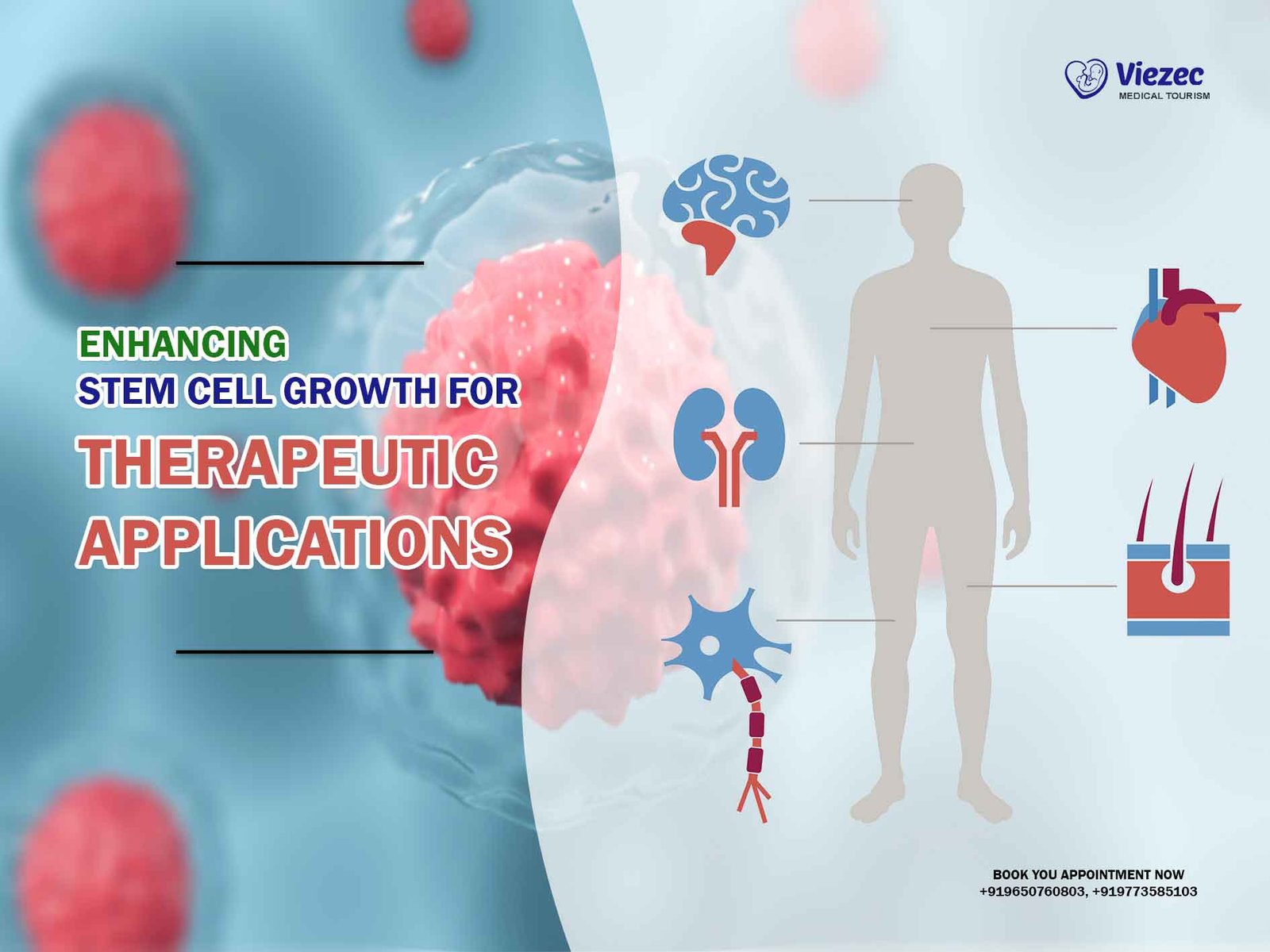In the realm of regenerative medicine, where the promise of healing and restoration drives scientific inquiry, blastocyst stem cells stand as a beacon of hope. These cells, derived from the inner cell mass of early-stage embryos, possess unique properties that hold immense potential for therapeutic applications. Harnessing the power of blastocyst stem cells offers a pathway towards addressing a myriad of medical conditions, from degenerative diseases to traumatic injuries. We delve into the remarkable promise of blastocyst stem cells in regenerative medicine, exploring their characteristics, applications, challenges, and ethical considerations.
Understanding Blastocyst Stem Cells
What are Blastocyst Stem Cells?
Blastocyst stem cells, commonly referred to as embryonic stem cells (ESCs), are pluripotent cells derived from the inner cell mass of blastocysts, which are early-stage embryos typically formed within the first few days following fertilization. Pluripotent stem cells have the remarkable ability to differentiate into cells of all three germ layers: ectoderm, endoderm, and mesoderm. This characteristic makes them invaluable for regenerative medicine, as they can potentially generate any cell type in the human body.
Characteristics of Blastocyst Stem Cells
Blastocyst stem cells exhibit several key characteristics that distinguish them from other types of stem cells:
- Pluripotency: As mentioned earlier, blastocyst stem cells have the capacity to differentiate into various cell types, offering versatility in regenerative applications.
- Self-Renewal: These cells possess the ability to self-renew indefinitely under appropriate culture conditions, maintaining their undifferentiated state while continuously proliferating.
- Genetic Stability: Blastocyst stem cells typically maintain genetic stability over multiple passages, ensuring the fidelity of the cells’ genetic information.
- Embryonic Origin: Unlike adult stem cells, which are found in specific tissues throughout the body, blastocyst stem cells originate from the inner cell mass of embryos and are therefore considered embryonic in nature.
Applications of Blastocyst Stem Cells in Regenerative Medicine
The unique properties of blastocyst stem cells make them invaluable tools for various regenerative medicine applications:
Tissue Regeneration
One of the primary goals of regenerative medicine is to repair or replace damaged tissues and organs. Blastocyst stem cells hold immense potential in this regard, as they can be directed to differentiate into specific cell types relevant to the tissues requiring regeneration. For example, ESCs can differentiate into neurons for treating neurological disorders, cardiomyocytes for repairing damaged heart tissue, and pancreatic beta cells for diabetes therapy.
Disease Modeling
Blastocyst stem cells provide researchers with a platform for modeling human diseases in vitro. By differentiating ESCs into specific cell types affected by various diseases, scientists can study the underlying mechanisms of these conditions and screen potential therapeutic compounds. Disease modeling using blastocyst stem cells has already yielded insights into diseases such as Parkinson’s, Alzheimer’s, and muscular dystrophy.
Drug Discovery and Screening
The ability to generate specific cell types from blastocyst stem cells enables high-throughput drug screening assays. Pharmaceutical companies utilize ESC-derived cells to test the efficacy and safety of drug candidates, thereby expediting the drug discovery process. Additionally, these cells can help identify potential adverse effects early in the development pipeline, reducing the risk of harm in clinical trials.
Cell-Based Therapies
Blastocyst stem cells hold promise for cell-based therapies aimed at treating a wide range of diseases and injuries. Through transplantation of differentiated ESC-derived cells, such as insulin-producing beta cells for diabetes or dopaminergic neurons for Parkinson’s disease, researchers aim to replace dysfunctional or damaged cells, restoring normal function to affected tissues. While challenges remain in ensuring the survival, integration, and functionality of transplanted cells, ongoing research seeks to optimize protocols for clinical applications.
Challenges and Considerations
Despite their immense potential, the use of blastocyst stem cells in regenerative medicine is not without challenges and ethical considerations:
Ethical Concerns
The derivation of blastocyst stem cells necessitates the destruction of human embryos, raising ethical questions about the beginning of human life and the moral status of embryos. This controversy has led to heated debates and regulatory restrictions in many countries, impacting the funding, research, and clinical translation of embryonic stem cell-based therapies. Ethical frameworks and guidelines are essential for navigating these complex issues while respecting diverse perspectives and values.
Immunorejection
Transplantation of blastocyst stem cell-derived tissues or cells carries the risk of immunorejection by the recipient’s immune system. Despite their pluripotent nature, ESC-derived cells can elicit immune responses if not properly matched or immunosuppressed. Strategies to overcome immunorejection include genetic modification of cells to reduce immunogenicity, immunosuppressive drug regimens, and the development of immune-tolerant cell lines.
Tumorigenicity
A significant concern associated with pluripotent stem cells, including blastocyst stem cells, is their potential to form tumors upon transplantation. Undifferentiated ESCs have a propensity to undergo uncontrolled growth and form teratomas, tumors comprising various cell types from all three germ layers. Mitigating the risk of tumorigenicity requires rigorous differentiation protocols to ensure the removal of undifferentiated cells and the generation of pure cell populations for transplantation.
Technical Challenges
The culture and differentiation of blastocyst stem cells present technical challenges related to scalability, reproducibility, and efficiency. Maintaining pluripotent ESCs in culture requires precise control of culture conditions, growth factors, and signaling pathways to prevent spontaneous differentiation or genetic abnormalities. Furthermore, directing the differentiation of ESCs into specific cell lineages often requires complex and labor-intensive protocols, limiting their clinical translation.
Blastocyst stem cells hold immense promise in the field of regenerative medicine, offering the potential to revolutionize the treatment of numerous diseases and injuries. Their pluripotent nature, coupled with their capacity for self-renewal and differentiation, makes them invaluable tools for tissue regeneration, disease modeling, drug discovery, and cell-based therapies. However, significant challenges, including ethical concerns, immunorejection, tumorigenicity, and technical hurdles, must be addressed to fully harness the therapeutic potential of blastocyst stem cells. Through interdisciplinary collaboration, ethical deliberation, and continued scientific innovation, we can navigate these challenges and unlock the transformative power of blastocyst stem cells for the benefit of humanity.









